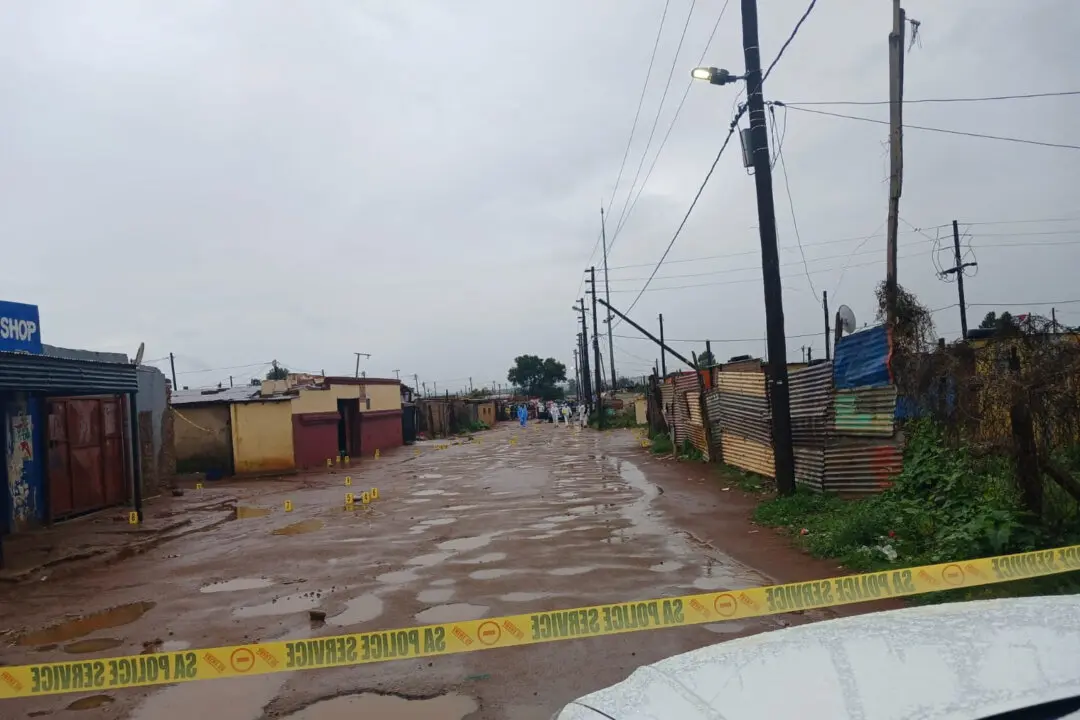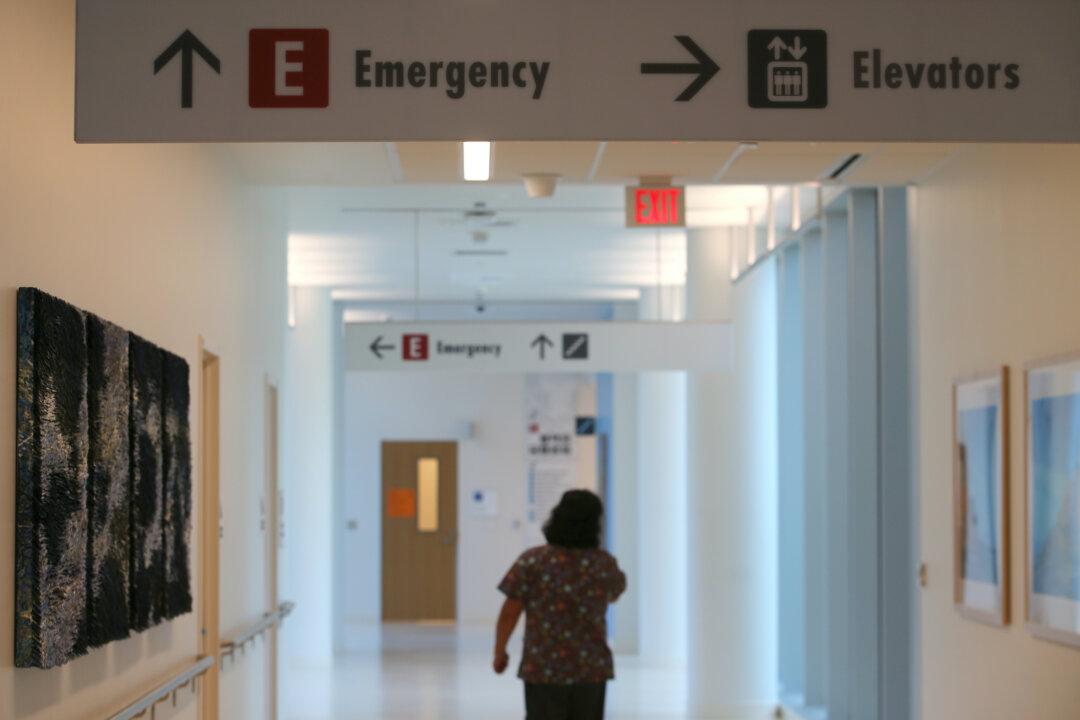HONG KONG—Hong Kong authorities stepped up security around the city’s main China representative office on July 28 as people began gathering for another protest, with anger simmering over what many demonstrators see as increasing cycle of violence against them.
Authorities said 11 people had been arrested on July 27 on various charges including assault, possession of offensive weapons and unlawful assembly in the northern district of Yuen Long, close to the border with China.





